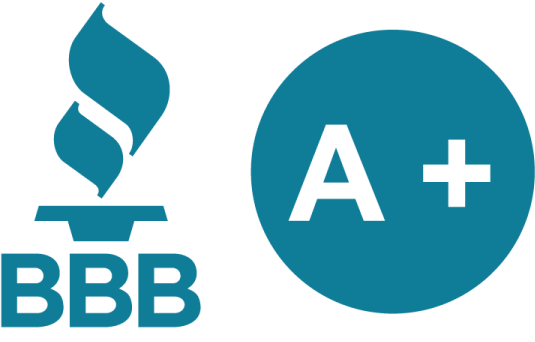by Forbes Mercy, President – Washington Broadband, INC
The original intent of speed tests such as Ookla, Fast.com, and the like was to help ISPs to prove to new customers that they were receiving the speeds promised at sign-up.
Soon Government Agencies, both state and federal, were using these tests as the gospel in official reports. Home users also use these tests when they may get a buffering signal.
Here is the problem with that, all speed tests measure the available speed test. What does that mean if the end user was watching a movie, downloading games or other large files, and uses much of the available purchased bandwidth, the speed will only show how much is left.
Say that the customer has a 100mbps download, and 15mbps upload purchased plan from their ISP. If two or three smart TV’s are being watched, the two teens’ are gaming, and the parent is on a Zoom, the chance of a buffer is very possible.
Part of the reason for what we call mid-use strain, is that many ISP’s do something called “bursting” where they increase the speed sent for about 300 seconds. That way a customer who runs a bandwidth test when they first turn their computer on is impressed that the speed test if faster than they buy. But later, after the 300 seconds, not only are those bursted speeds, often 50% higher than charged for, but some ISPs actually slow down the speed from 100mbps to 50mbps. So, it’s an inconsistent measure at best.
Also, with newer gaming the upload is increasing in use, never will it be equal up/down which is the argument against symmetrical speeds, but with most asymmetry being 100mbps/down, and 15mbps, initially the gamer gets 2-10ms ping times in their games, which is great. But when the upload hits the 15mbps upload limit, the two-way talk between the game server disrupts and their latency jumps up dramatically, sometimes as much as 100-1000ms, that doesn’t work well. Content providers never tell ISP’s what their next game or application will require in up or download, so we must find out the hard way, such as Disney and Prime sending 40mbps video signals versus Netflix’s 5-10mbps. Keep in mind content providers not only don’t tell us what new drain they’ve put on our networks; they also pay us nothing for the necessary upgrades to our networks that we will get to meet their demands.
As for Government use of the Speed-tests, they are fraught with extremely low speed tests. Some of that comes from where the speed tests originate. While many ISP’s build their own speed test servers, so the count is more accurate, often the selected server for the speed test is an ISP half a country away, and every “hop” to another server slows down the eventual reading. NO where in any government study or report do they indicate that current use of internet, or server selection may prove the data reliable. That is because the low data meets their goals of slow speeds so they can generate reports that show more of a need to obtain tax money to overbuild existing networks.
In conclusion, billions of tax dollars, are being spent justified by flawed data, and they know it.



